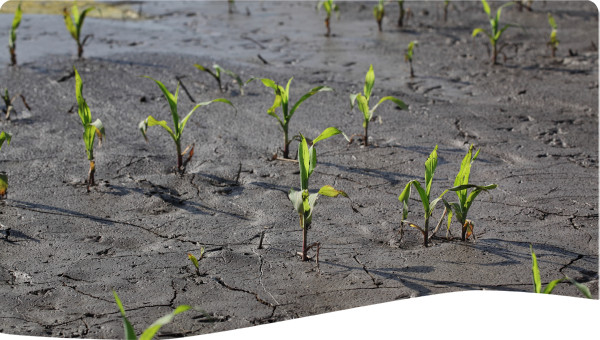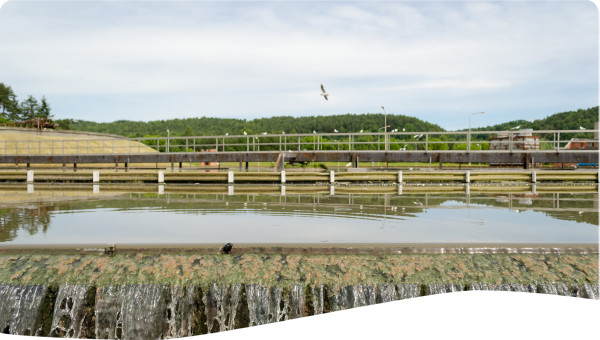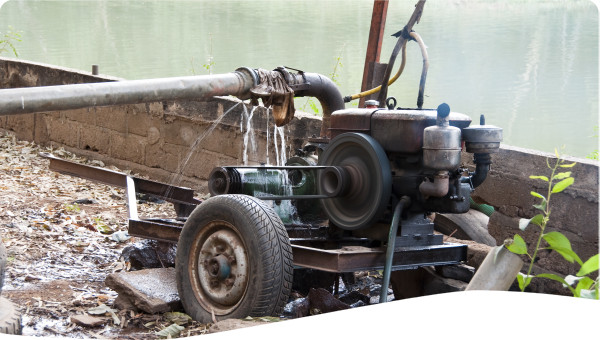Aranayake, a secluded agricultural area known mainly for tea and spice cultivation, came to the limelight for tragic reasons with the Samasara landslide of May 2015. Caused partly due to climate change and partly due to anthropogenic influences, the landslide was a result of 6 days of constant high intensity rains. The incident also caused the highest number of casualties ever recorded in a Sri Lankan landslide.
This intervention addressed a real issue impacting the lives of communities in Sri Lanka’s Central Province. The complexity of this disaster has highlighted the need for operationalizing SDGs in future activities and moving from disaster relief to disaster risk reduction.


